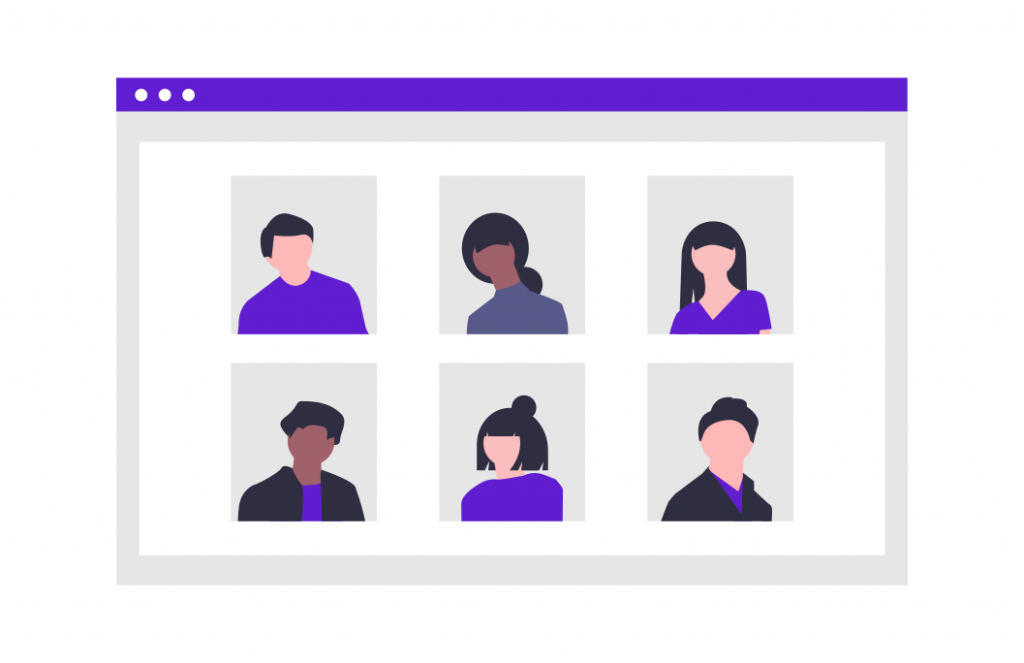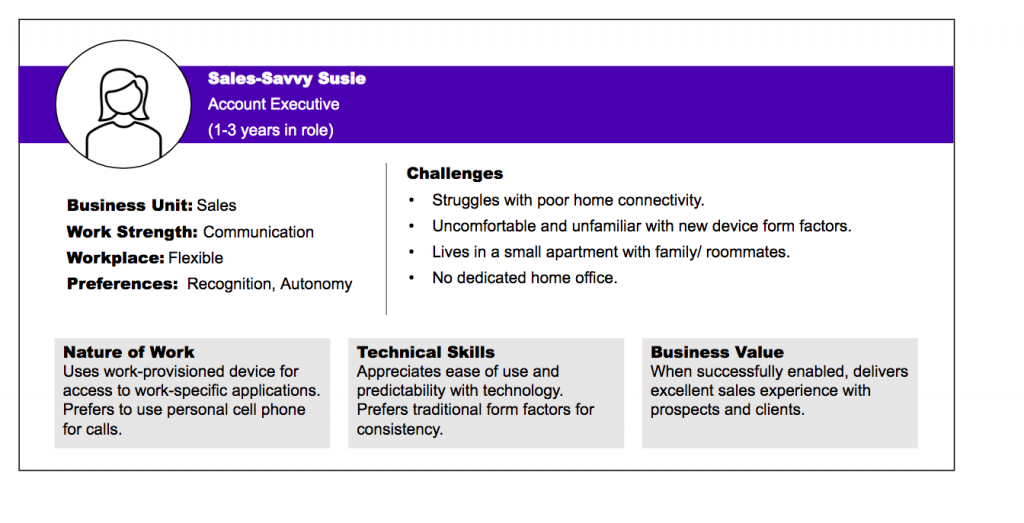It might seem simple at first, but listening to employees is not a maybe, it’s a must in the future of work.
Collecting feedback and ideas from employees isn’t new. Companies of all sizes have been doing this for years to improve the way systems and processes. Google CEO Sundar Pichai recently announced a new initiative called the “Simplicity Sprint,” which will solicit ideas from its more than 174,000 employees on where to focus and improve efficiency. Today, enduring companies know that their growth and resilience depend on their willingness to listen to their own people through a culture that encourages continuous feedback.
Benefits of listening to your employees:
- Retain your talent: Research shows that by encouraging employees to speak up if they have any frustrations you can stay in front of any major problems that may cause employees to resign.
- Increase engagement: Showing that you value your employees’ opinions and want to understand them better will build trust, transparency and increased workplace wellbeing.
- Take timely action: A constant flow of feedback from employees will highlight areas of opportunities and risks where immediate action can result in the growth of your company.
Creating a feedback culture is about more than just lending an ear, it’s about incorporating feedback channels and tools into the everyday workflow of employees, especially in a hybrid workplace. More often than not, critical input is lost when companies give limited opportunities and channels. It can often lead to a build up of negative emotions leading to low engagement, poor productivity and surprising resignations.
Gartner’s research shows that traditional annual engagement surveys, while still important, are increasingly being augmented (and sometimes replaced) by other feedback tools.
By 2023, 80% of enterprises with 2,500+ employees will augment annual engagement surveys with pulse, focus-group-based or indirect methods to better understand worker sentiment.
Gartner Market Guide for Voice of the Employee Solutions 2021
According to the Harvard Business Review, “one way to help employees feel heard is to regularly conduct anonymous surveys that allow them to give feedback on various aspects of their roles. When people can speak up about their frustrations without facing consequences for it, managers can gain valuable insights into what their employees want and need.”
To keep pace with changing employee sentiment, many organizations are trying new tools and methods to understand employee sentiment and collect meaningful feedback. You’ll have to decide for yourself and your company which feedback initiatives would be the most beneficial. Once you know what you want, you can start evaluating possible feedback options, tools and methods. The common employee feedback methods are:
- Surveys – they were effective before and they’re still effective in most situations especially surveys tied to specific changes, e.g. hybrid working, management change etc.
- VoE tools – VoE “listening” is growing in response to employers’ need to better understand and assess their employees. Their underlying goal is to deliver in-depth insights with actionable guidance. HR leaders can then use this information to help improve employee engagement, experience, productivity and performance.
- Continuous listening: There are platforms and tools that are embedded into existing systems to gather employee feedback across the employee lifecycle. So, you are collecting valuable input at all stages: recruitment, on-boarding, exit etc. This always-on listening strategy can help identify key employee perceptions and needs beyond what may be picked up in a survey.
Don’t know where to start when it comes to feedback tools but interested in gathering meaningful feedback? Schedule a call with our experts.


